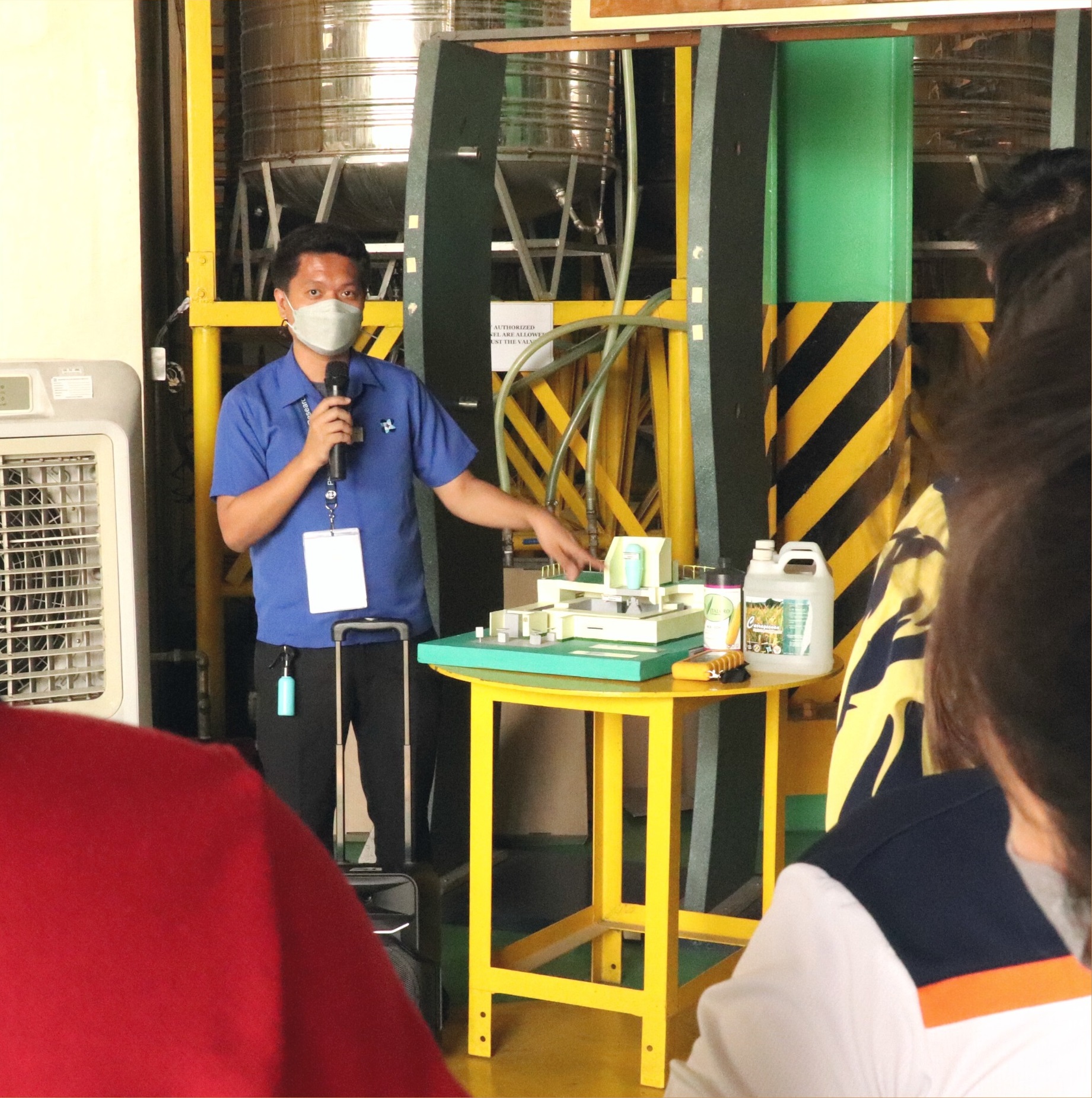Alpas Pinas, Media tour nuclear and radiation facilities
- Details
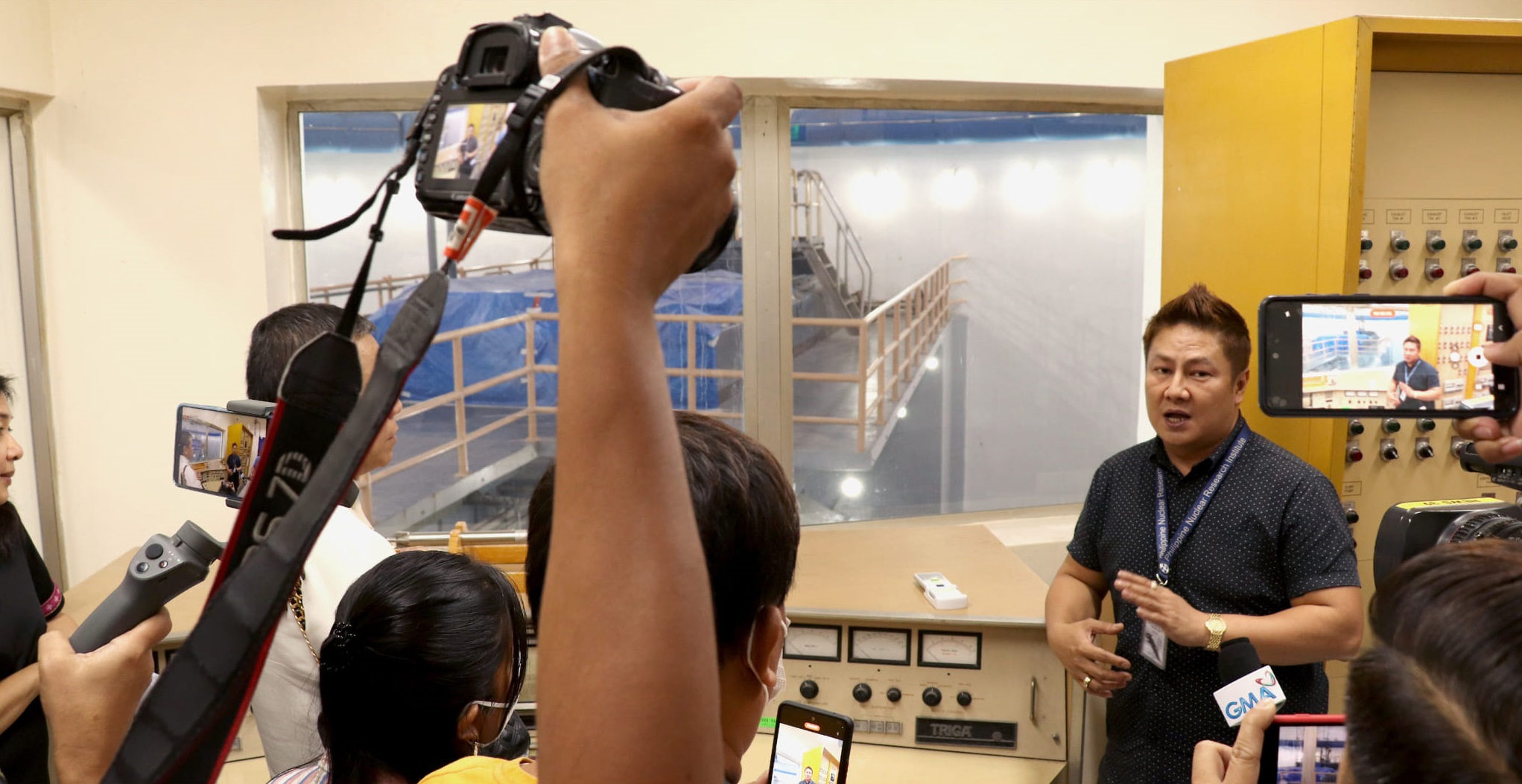
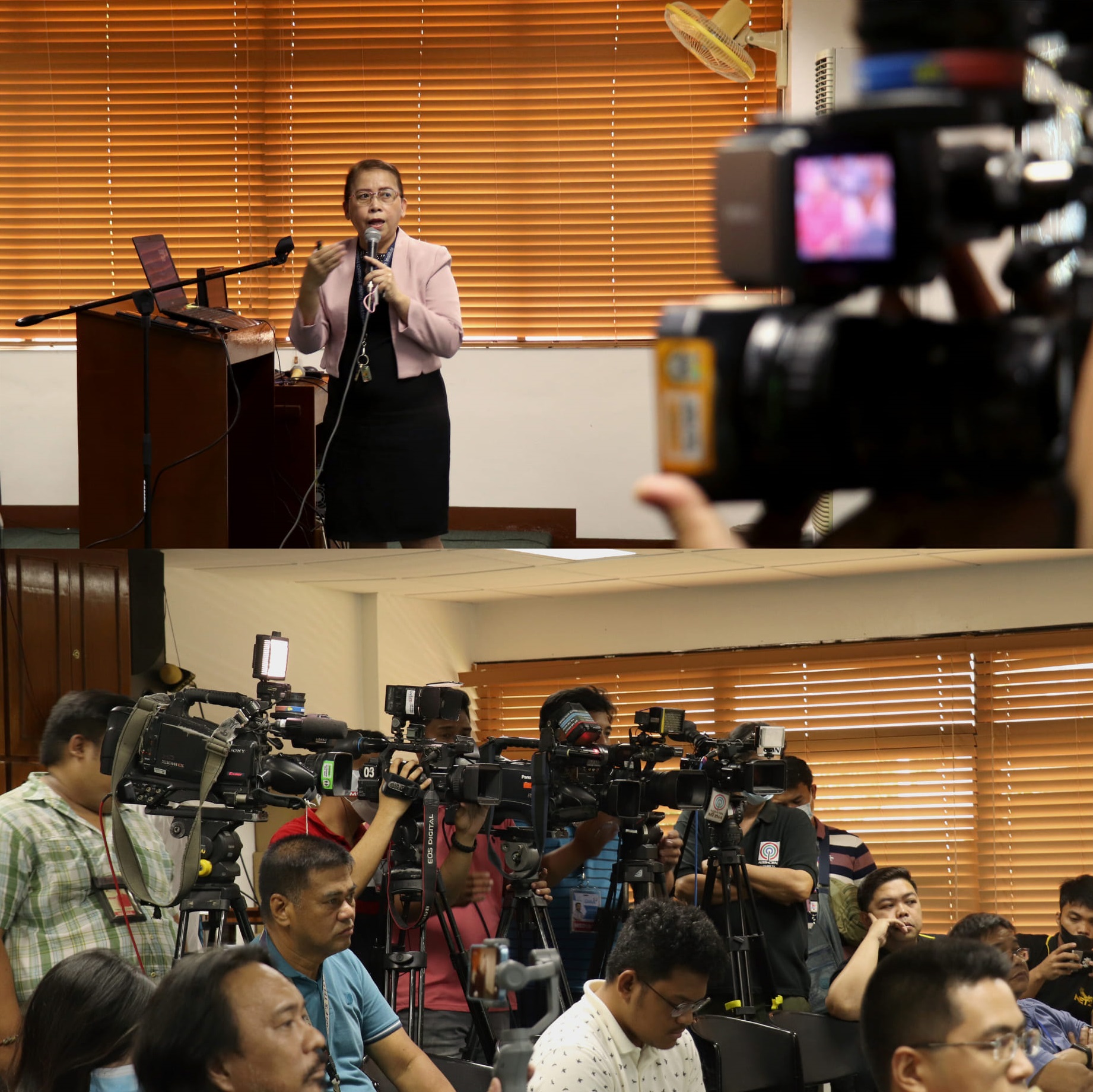
Alpas Pinas, Media tour nuclear and radiation facilities
Spearheading renewed efforts to promote nuclear energy in the country, House Special Committee on Nuclear Energy Chairperson Cong. Mark Cojuangco, together with the nuclear advocacy group Alpas Pinas, joined the members of the media on a tour of nuclear and radiation facilities at the Department of Science and Technology - Philippine Nuclear Research Institute (DOST-PNRI).
After a press briefing, PNRI experts accompanied the media around the fully-operational Philippine Research Reactor-1 Subcritical Assembly for Training, Education, and Research (SATER).
The media also entered the Gamma Irradiation Facility and the Electron Beam Irradiation Facility to showcase the Institute's capability in the field of nuclear science and technology.

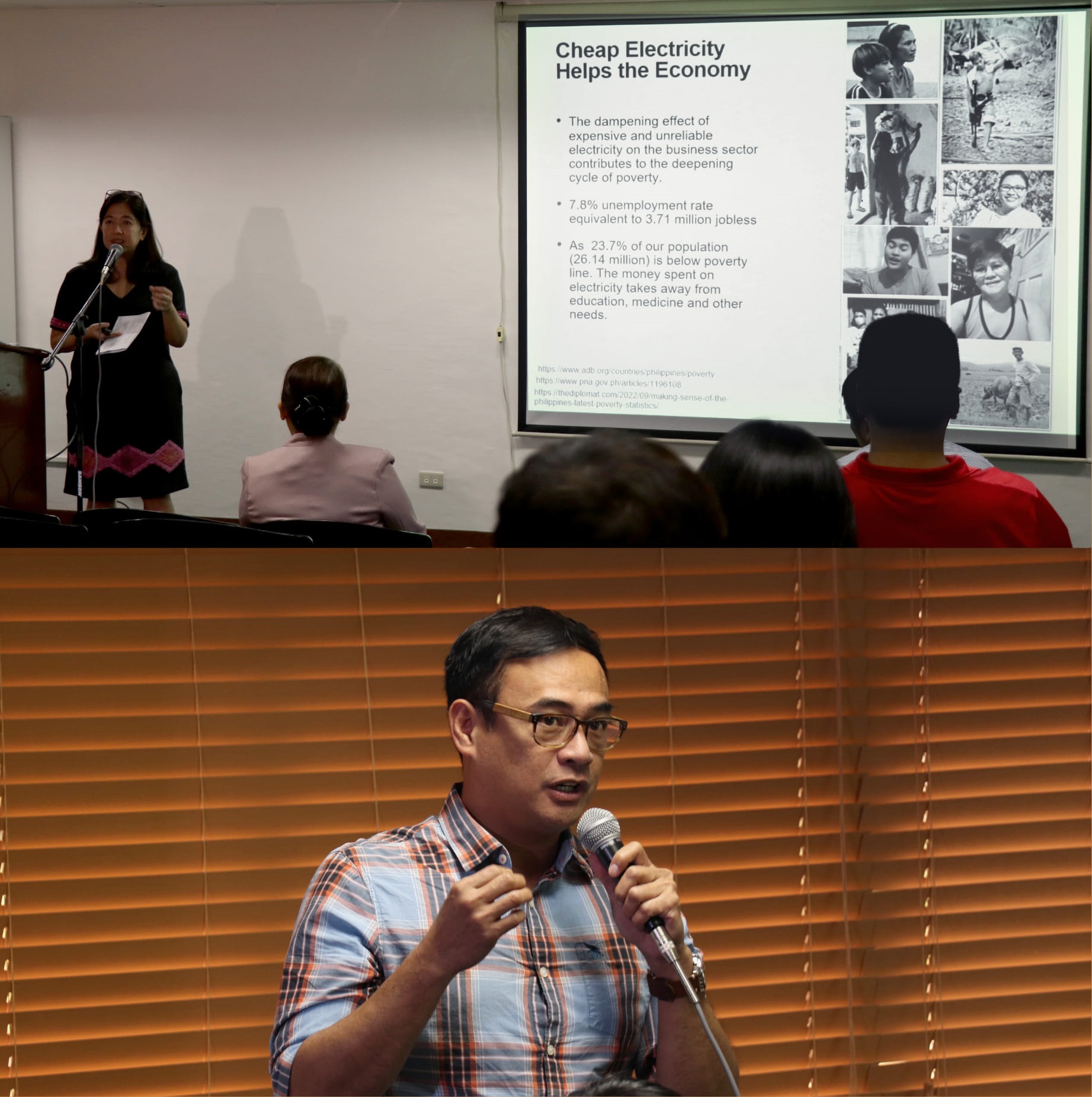
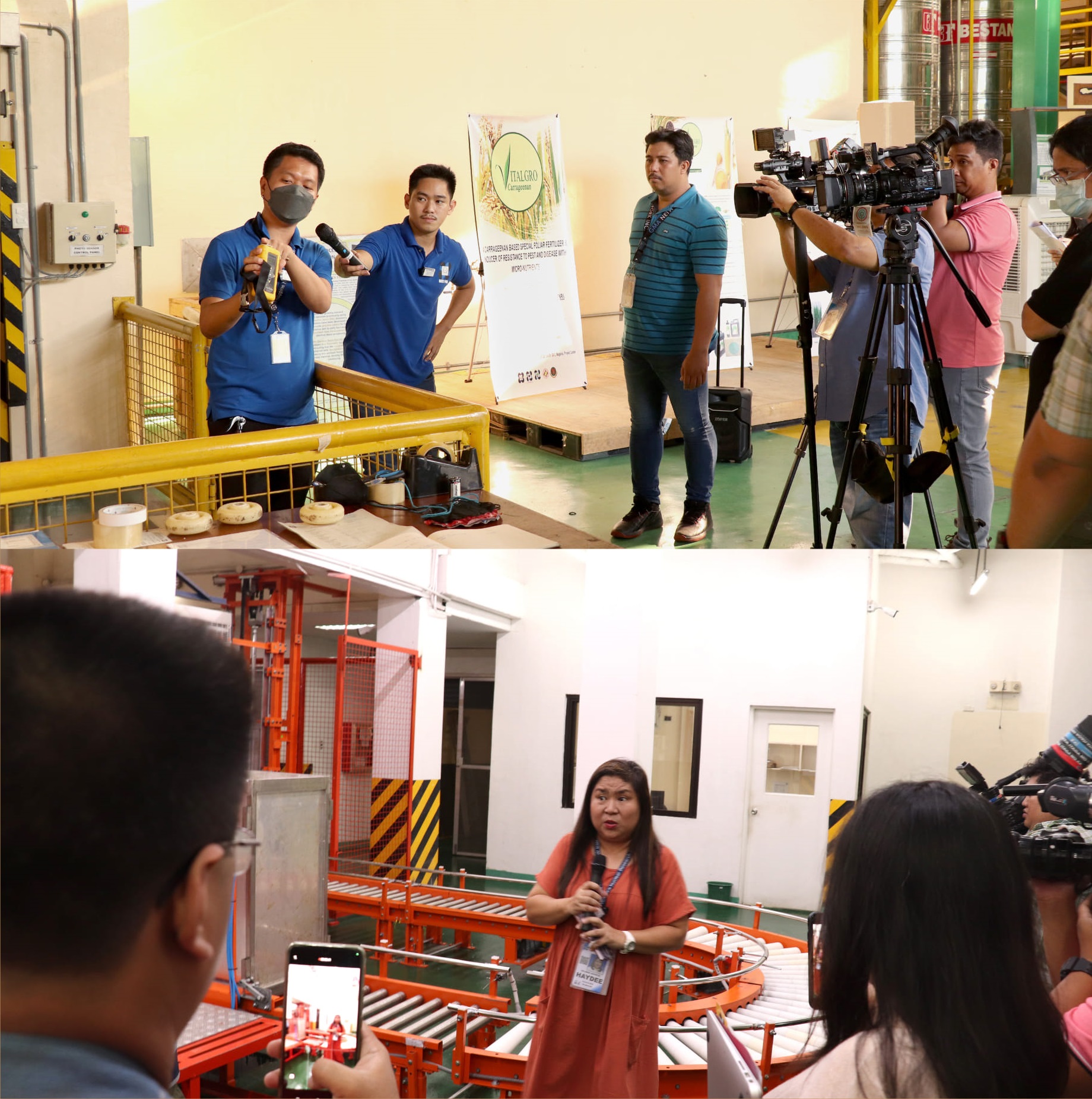
PNRI joins the opening of the DOST-wide sportsfest
- Details

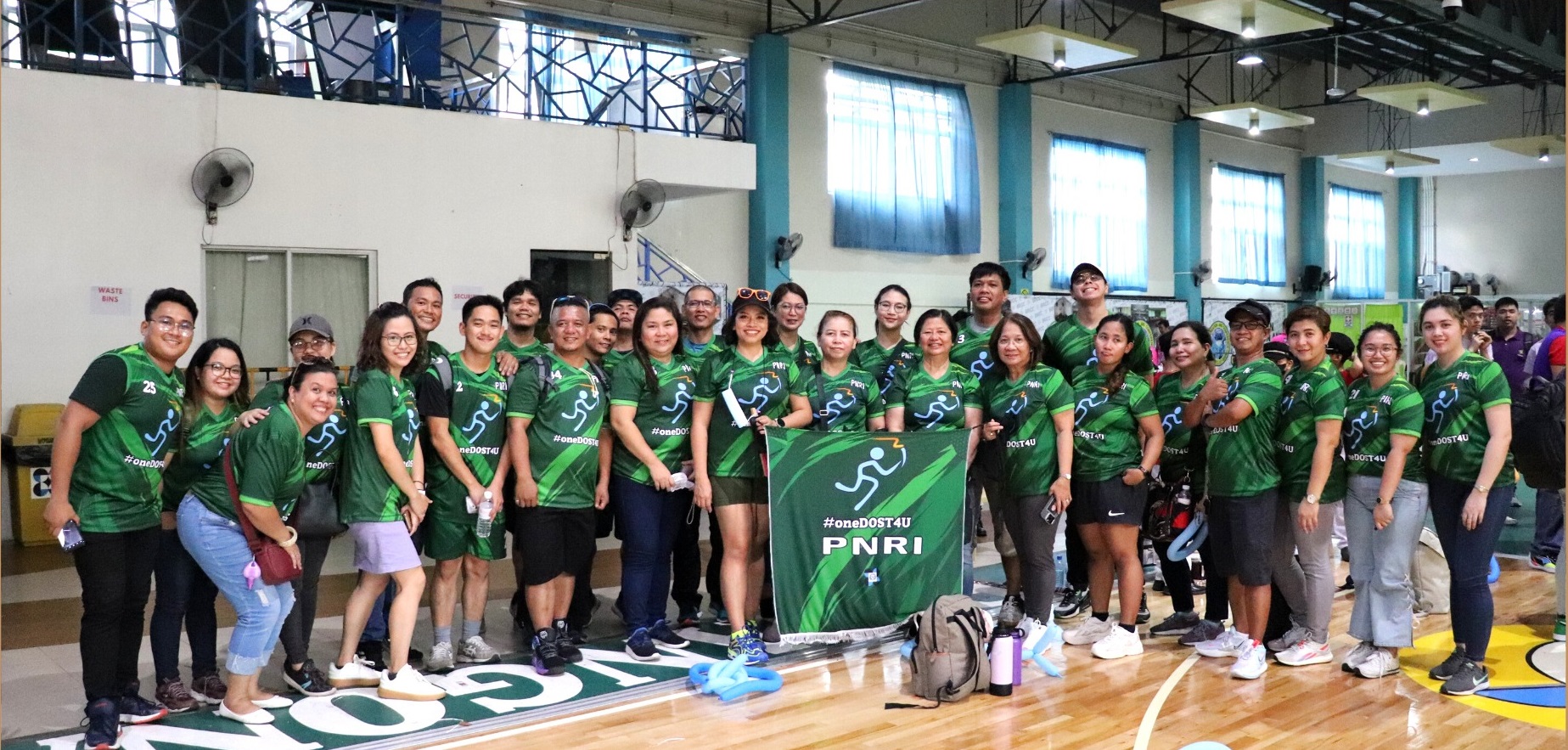
PNRI joins the opening of the DOST-wide sportsfest
One DOST, One Team!
The Department of Science and Technology - Philippine Nuclear Research Institute (DOST-PNRI) united with its sister agencies under the DOST Philippines in the Opening Ceremony of the 2023 DOST-Wide Sportsfest at the Binangonan Recreation and Conference Center.
With the theme "Solidarity, Resilience, Unity, Sportsmanship," representatives from DOST-attached agencies witnessed the torch relay, marking the official sportsfest opening led by DOST Secretary Dr. Renato U. Solidum Jr. DOST-PNRI Deputy Director Dr. Vallerie Samson and muse Ms. Celine Grace Causapin led the PNRI team and held the Institute's banner in the opening parade.
A part of the opening ceremony is the showcase of the artistic and inventive genius of each DOST agency through the Parade of Muses, wearing their own 'recycled wearable art.'
This DOST activity aims to promote health and wellness and stronger camaraderie among DOST employees. Games for basketball, volleyball, badminton, bowling, darts, table tennis, chess, and e-games (MLBB) will run until June 2, 2023.


Left: DOST Secretary Dr. Renato U. Solidum Jr. about to light the torch of the 2023 DOST Sports Festival
Right: DOST-PNRI Sportsfest Muse Celine Grace Causapin wearing her atom-inspired gown made from recycled materials. The Cherenkov-hue gown was made and decorated with used pop tabs, chip bags, straws, twines, chords, scrap wires, etc.

DOST inter-agency cheering squad in the 2023 DOST Sportsfest Opening Ceremony featuring PNRI's dancer Ms. Jellyn Magnaye
Next generation leaders: CSC holds supervisory development training at PNRI
- Details
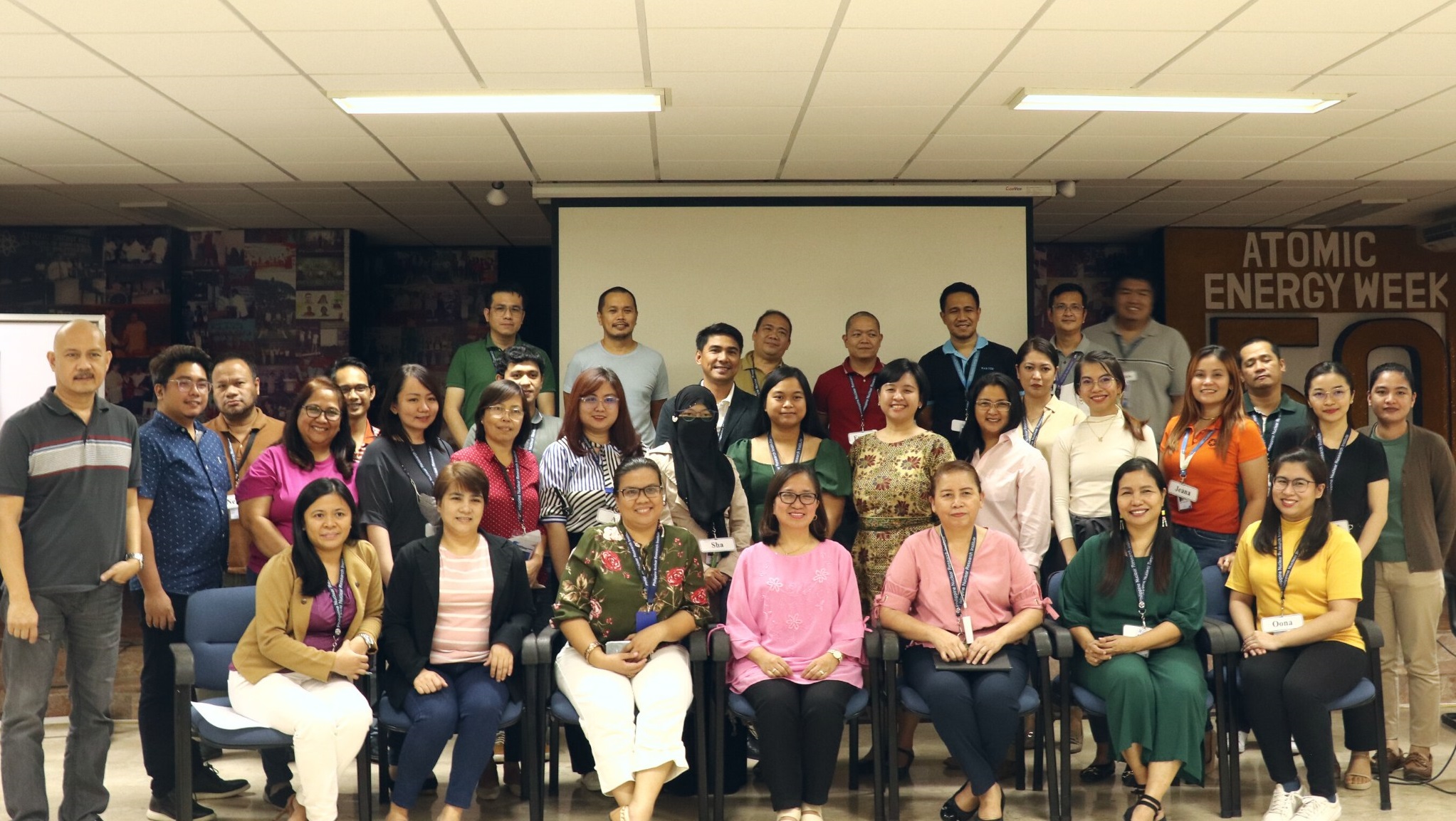
Next generation leaders: CSC holds supervisory development training at PNRI
First-line supervisors from various sections of the Department of Science and Technology – Philippine Nuclear Research Institute (DOST-PNRI) joined the Supervisory Development training from March 28 to 31 to enhance and upgrade their leadership capabilities.
Designed by the Civil Service Commission and United Nations Development Program, the training workshop covered work attitude, problem-solving strategies, and leadership styles for future career growth, breeding more competent leaders in the nuclear S&T field.



House, Senate reps visit PNRI facilities
- Details


House, Senate reps visit PNRI facilities
Representatives from various committees of both the House of Representatives and the Senate recently visited the Department of Science and Technology - Philippine Nuclear Research Institute (DOST-PNRI) to learn more about the Institute in relation to the PhilATOM bill it is currently advancing in both Houses.
Together with the DOST-Department Legislative Liaison Office (DOST-DLLO), the visiting reps including the Senate Committee on S&T, House Committee on Energy, House Special Committee on Nuclear Energy, and the office of Congressman Mark Cojuangco discussed possible future endeavors as part of the push for the creation of an independent atomic regulatory body.
PNRI conducted a tour to showcase its facilities, such as the Philippine Research Reactor-1 Subcritical Assembly for Training and Research and the Multipurpose Irradiation Facility to raise awareness on the nuclear S&T and ongoing research at PNRI.

